Over half of the Western population is estimated to be classed as “overweight.” As a result, wellness and health are big business—the global fitness industry, as of 2022, is worth $96.7 billion.
When it comes to losing weight, it can often prompt people to pull out their credit cards for gym memberships and protein powders and to fill their cupboards with healthy foods.
Angus Barbieri, however, chose a different tack when it came to shedding the pounds.
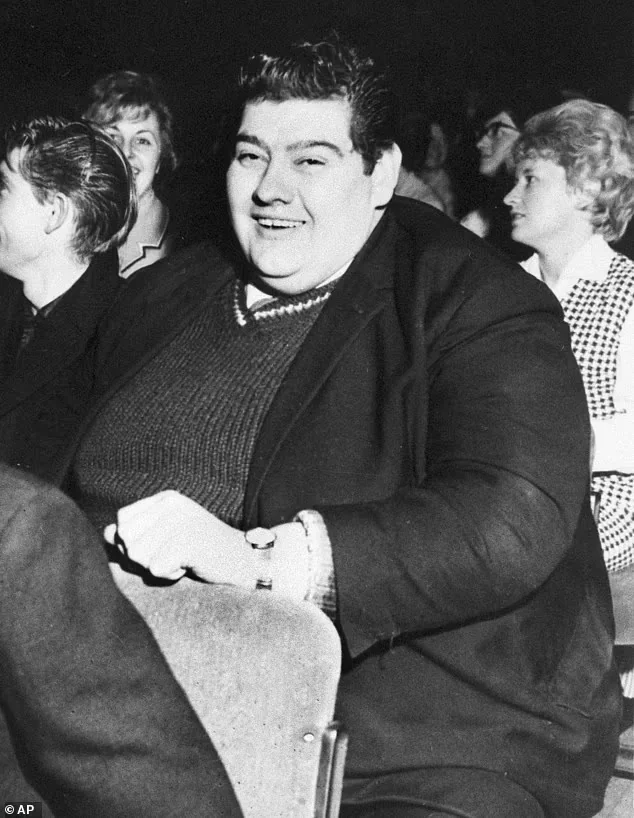

The 455-pound man, which is the equivalent of 32 stone, decided to go without food to lose weight. In theory, he would naturally lose weight, but medical experts consider starving yourself a dangerous way to lose excess pounds.
While overconsumption of food had caused Angus to gain weight, he still needed to eat to survive.
Or did he?
This is the unbelievable story of Angus Barbieri and his fast that lasted for over a year.
Addicted To Food
Born in Scotland in 1939, little information is available about Angus’s childhood and upbringing. His father owned a fish and chip shop, where Angus eventually went on to work when he was old enough.
This didn’t help his predicament—he was a chronic overeater, and this overconsumption of food would quickly lead to a food addiction.
By the time he was 27 years old, Angus’ weight had reached an all-time high. He was 32 stone, 2.5 times the average weight of a man in Scotland.
The excess weight took a toll on his health. He’d corresponded with doctors who agreed something needed to be done to quell his insatiable appetite.
The options available to him weren’t as vast as the ones we have today. In terms of surgery, there was little to choose from. There was the option to have jejunoileal bypass surgery, which was popular for weight loss in the ’70s and ’80s. This saw the patient’s small bowel size reduced.
However, this surgery wasn’t without its complications. In fact, it’s no longer practiced today due to the problems that arise after the procedure. The fatality rate was so high that by the 1980s, many individuals who’d opted for the surgery years prior underwent a reversal.
So, it was put to Angus that he should fast in order to shed some weight. He wasn’t able to do this at home, alone; he was an addict, after all.
So, in June 1965, he admitted himself into the Royal Infirmary of Dundee, where he would stay for a stint of fasting. The doctors and nurses would aid Angus in his attempt to avoid all food for a short period.
It wasn’t going to be a one-off, either. Doctors recommended regular, short periods of fasting for Angus. His treatment plan was akin to what we now know as intermittent fasting, although perhaps on a more extreme level.
However, due to Angus’ large appetite and love of food, doctors weren’t entirely hopeful he would stick to the plan.
He was booked into the hospital for a maximum of 40 days in order to keep him away from food.
Angus would surprise everyone by not only reaching that target but well and truly exceeding it.
The Famous Fast
Angus found it remarkably easy not to eat. He sailed through the 40 days without touching a crumb of food.
Still, Angus needed to offset his body’s lack of nutrition. So, he took several prescribed vitamins and yeast tablets and drank electrolytes. His beverages were limited to sparkling water, tea, and black coffee.
All of these drinks were extremely low-calorie and so were permitted as part of his fast. Sometimes, Angus would put a small spoonful of sugar in his tea or coffee, though this was the extent of his sugar consumption.
Once the initial 40-day period was up, doctors intended to send Angus home and allow him to eat again.
To everyone’s surprise, Angus didn’t want to do this. He’d found the fast so easy he wanted to continue. He’d already noticed he’d lost a little bit of weight and didn’t see any reason to stop now.

After all, he was still a long way from his target weight of 180 pounds, which is almost 13 stone.
So, when Angus was discharged, the fast resumed at home. He had to quit his fish and chip shop job to resist temptation. He would still attend appointments at the hospital, but for the most part, Angus remained at home and carried out his fast unaided.
Doctors would want to see him regularly to check his heart and blood, but apart from that, he was able to refrain from eating without medical intervention.
Only mere months prior to this, Angus wouldn’t have been able to carry out such an enormous task. For the first two decades of his life, food had been a constant for Angus. Now, he was happily living without it.
Since he wasn’t consuming any food, Angus’ toilet habits also changed drastically. He would only need to go to the bathroom once every 40 days or so, which works out to be around nine or ten times a year.
What began as a lengthy fast soon became known as the “starvation diet.” This diet consistently restricts calories below a person’s baseline needs for survival, with the sole intent of losing weight rapidly.
It wasn’t—and still isn’t—deemed a safe or healthy way to lose weight, but Angus was intent on shunning food until he reached his ideal weight.
As the months rolled by, doctors were not only astounded that there seemed to be no ill effects of the fast but also just how much weight Angus was losing.
He was shedding around a pound daily, and each hospital visit saw the number on the scales dip lower. Fueled by the feeling of seeing his weight drop rapidly, Angus’ desire to eat had seemingly evaporated.
However, the fast couldn’t last forever. After just over a year of abstaining from food, Angus was about to reach 180 pounds.
Eating Again After 382 Days
The year-long fast had mostly been easy for Angus. Of course, it had altered how he socialized and meant he had to quit working for his father, but for the most part, he hadn’t struggled.
On July 11, 1966, Angus finally reached the 180-pound mark. After being overweight for most of his life and all of his adult life, this was an unbelievable milestone for him. This meant he had to reintroduce food back into his life.

You may imagine Angus had planned a huge banquet for his first post-fast meal. However, eating a large meal after a fast can strain the digestive system, so he opted for something light: bread and butter with a boiled egg on top.
After 382 days of no food passing his lips, the small meal made Angus feel full. This starkly contrasts the calorie-filled meals Angus was used to consuming just a year prior. The press was there to document Angus’s first meal, which he said he “thoroughly enjoyed.”
A year of not eating had ensured Angus lost 276 pounds and was almost unrecognizable.
His face and body were vastly slimmer, and the clothing he’d worn 382 days prior could now fit two of him inside it. He posed for pictures standing inside a pair of his plus-size trousers, showing how much weight he’d shed.
But what were the long-term effects of such an extreme way of losing weight?
The Aftermath Of The Fast
As you can imagine, Angus Barbieri’s well-documented fast was met with plenty of skepticism. Some people refused to believe a human could survive without food for over a year.
Others suggested that the long-term negative effects of his fast would outweigh the positive effects of losing weight.
Even some doctors were skeptical about the fast’s benefits. So, doctors at the University of Dundee studied Angus after he had completed his year of forgoing food.
Remarkably, they found that there had been “no ill effects” to report.
Today, almost 60 years after Angus’ incredible challenge, his year without food remains the longest fast ever. His feat was included in the 1971 Guinness Book of Records.
In 1973, six years after Angus had completed his fast, a man named Dennis Galer Goodwin went on a hunger strike that lasted for an astounding 385 days.
He was, however, force-fed during this period. As a result, he entered The Guinness Book of Records for the world’s longest hunger strike rather than the world’s longest fast.
It’s been noted that, while they include these undertakings in their Book of Records, Guinness refrains from encouraging people to try and break these records.
After reintroducing food back into his life, Angus maintained a healthy weight. In the early ’70s, his weight was around 196 pounds. Although he had gained some weight since his fast, he never returned to overeating and never reached an unhealthy point again.
Angus died, aged 51, in 1990. Naturally, people speculated that his year-long fast resulted in his early demise, but this theory has never been proven.
Sources
https://www.statista.com/topics/1141/health-and-fitness-clubs/
https://www.diabetes.co.uk/blog/2018/02/story-angus-barbieri-went-382-days-without-eating/
https://www.historydefined.net/angus-barbieri/#google_vignette
https://www.thecourier.co.uk/fp/news/dundee/2544215/tale-angus-barbieri-fasted-year-lost-21-stone



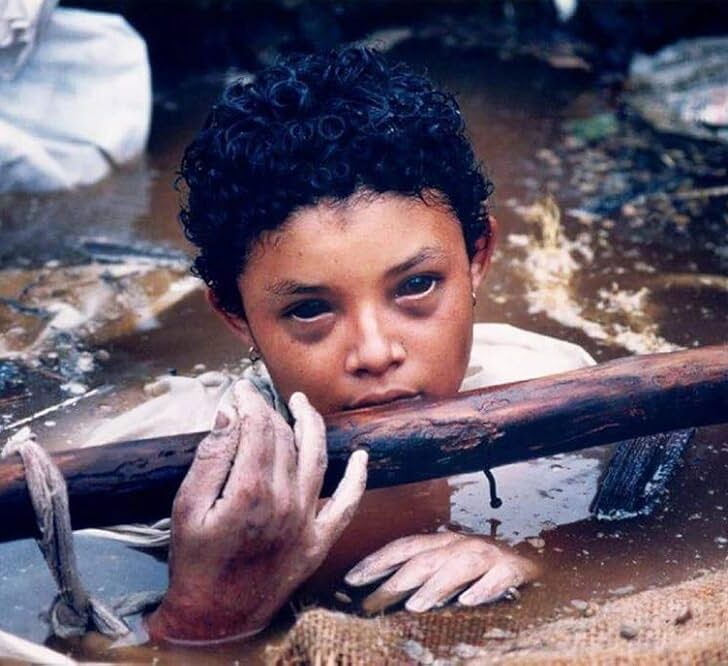

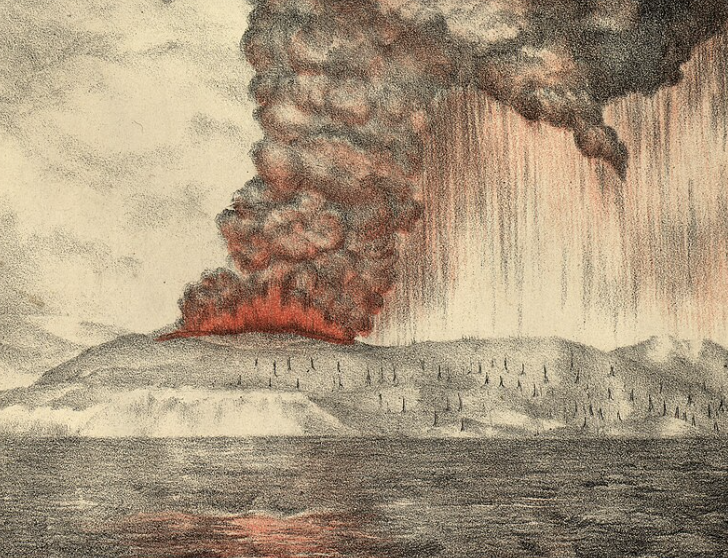
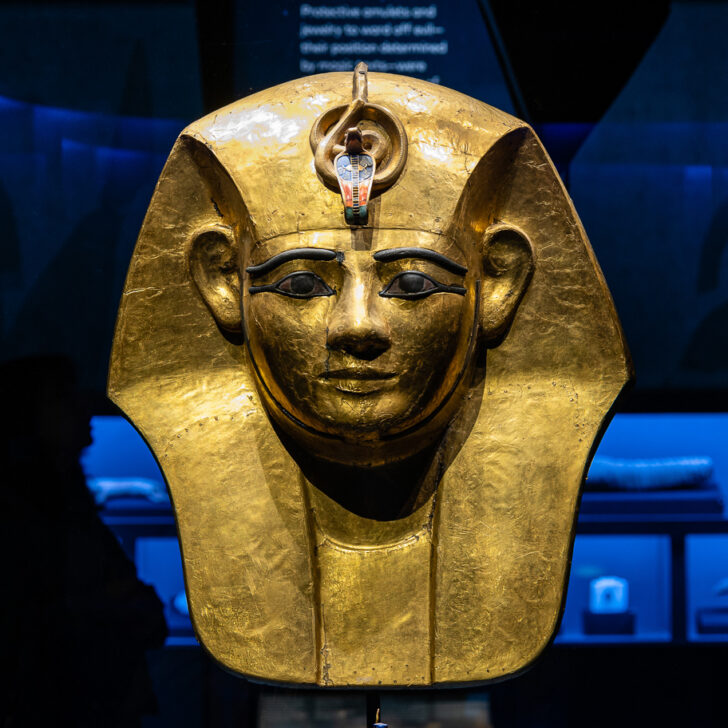

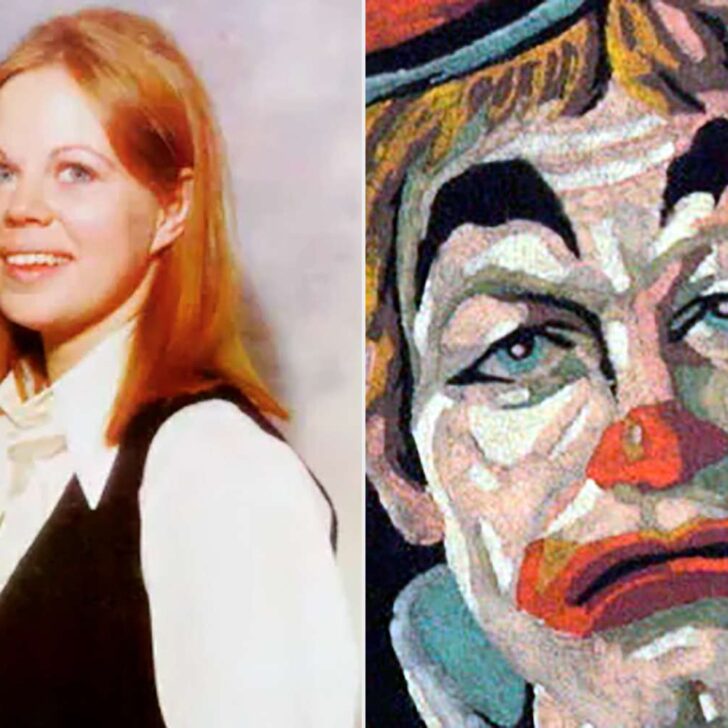


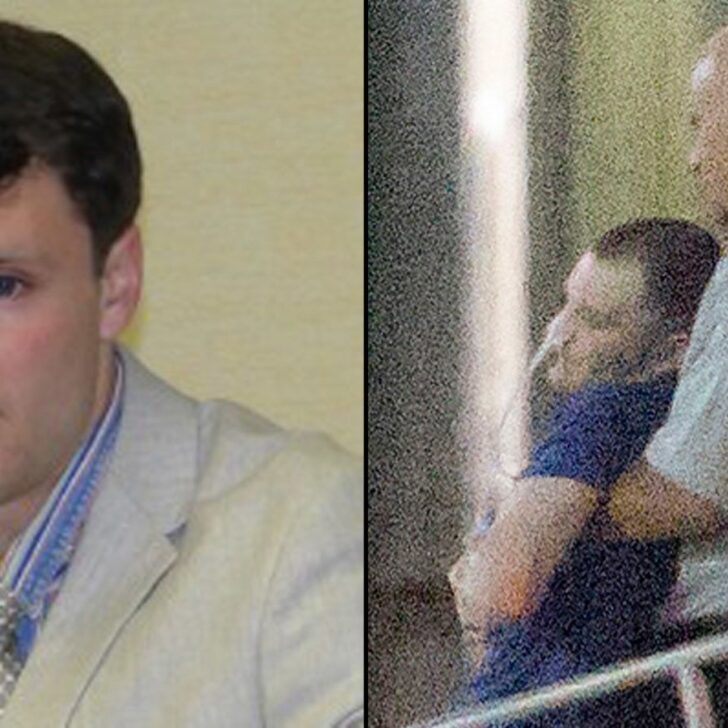

Leave a comment